The introduction of Scott #5 was a response to the Congressional act of March 1851, which revised the postal rates and necessitated the production of new postage stamps. The firm Toppan, Carpenter, Casilear & Co. was awarded the contract to print these stamps, including the One Cent denomination. The One Cent blue stamp, particularly the imperforate Scott #5, stands out due to its extensive variety of types and subtypes, offering a rich field for philatelic research and study. The stamp is not merely a postal artifact but also a testament to the evolving technology and design aesthetics of the mid-19th century.
Design & Print
The design of Scott #5 showcases a complex and ornate pattern, reflective of the aesthetic sensibilities of the era. It was printed in the denomination of One Cent and features the visage of Benjamin Franklin, a pivotal figure in American history and postal services. The decision to print such an intricate design led to a unique challenge: the design was too large to fit the standard plate size, necessitating the trimming of various outer portions to accommodate 200 impressions on a plate.
In 1857, modifications were made to the plates to facilitate perforations, impacting the design further. However, it is the imperforate Scott #5, sourced from position 7RIE (right pane, early state of Plate 1), which holds particular significance. This stamp is characterized by a complete design with no trimming, distinguishing it from other types in the series. Only 90 examples were recorded by the Jerome Wagshall Survey in 1960, with a few additional discoveries since then.
Postal Usage
At the time of its release, Scott #5 served a critical role in the postal system, accommodating the revised postal rates of 1851. The One Cent stamp was primarily used for local mails and printed matter, reflecting the era’s communication dynamics. This period also saw significant changes in postal operations, including the introduction of perforations in 1857 to facilitate easier separation of stamps, a transition evident in the later versions of the One Cent stamp.
Identification
Identifying Scott #5 involves a keen understanding of its unique design characteristics. The stamp is distinguishable by its complete design, particularly the ornaments at the top and bottom of the frame, which remain untrimmed, unlike other types in the series. This distinction is crucial for differentiating it from its later perforated versions and the 1875 facsimile.
The 7RIE position is notable for a distinctive double transfer, primarily evident in the upper ornaments and the “OS” of POSTAGE. This feature is critical in authenticating the stamp and differentiating it from forgeries, which were often created by altering the 1875 reprint or other similar stamps.
In conclusion, Scott #5, with its historical significance, intricate design, and unique position in the postal system, remains a vital part of American postal history. Its detailed categorization and the challenges it presents in identification not only make it a subject of interest for philatelists but also serve as a window into the technological and design evolution of the mid-19th century United States.

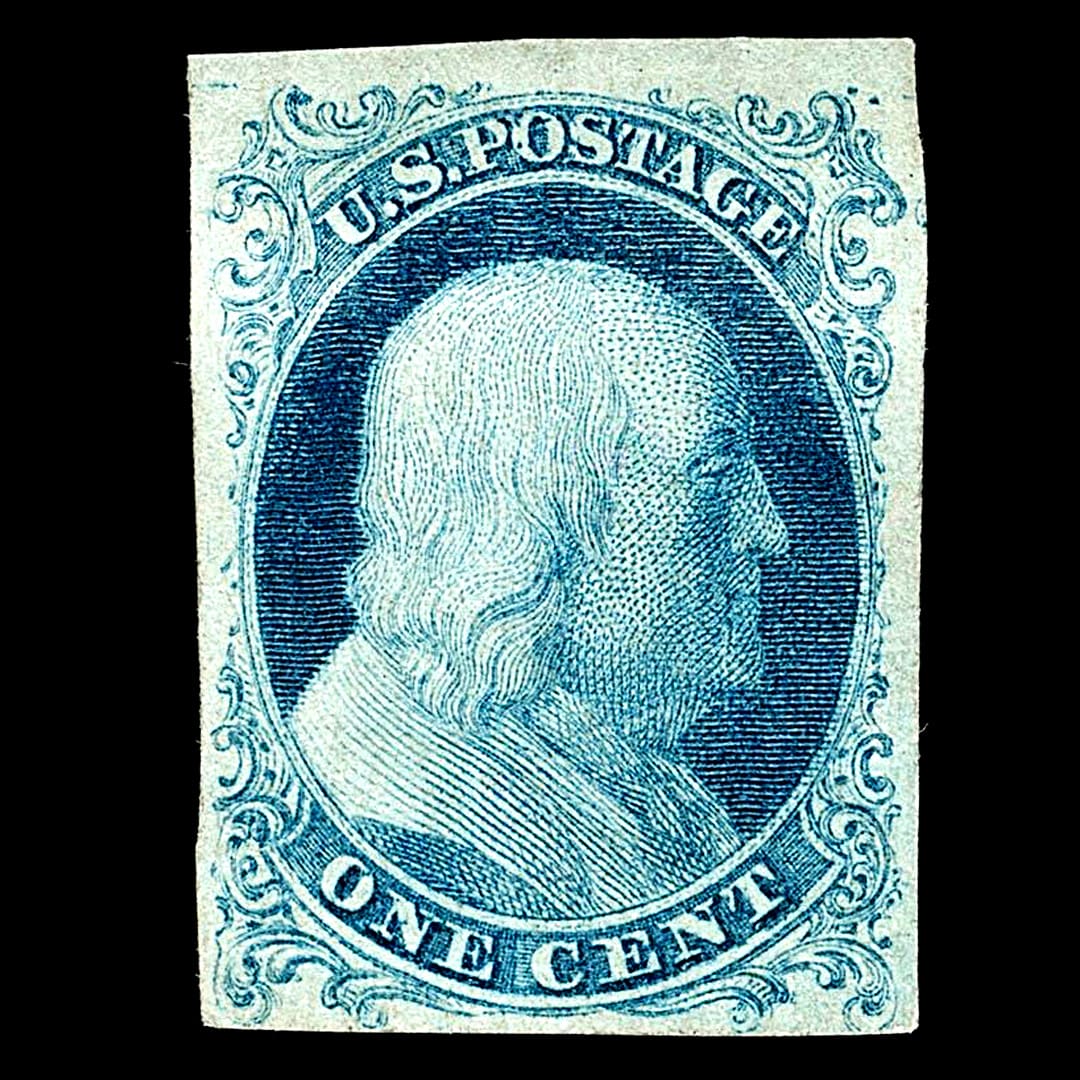

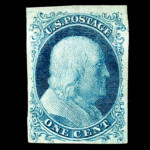
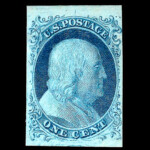
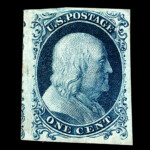
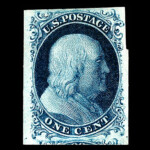
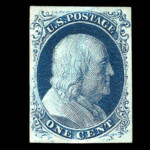
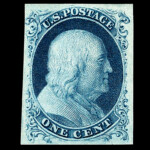
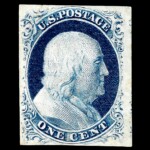
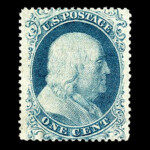
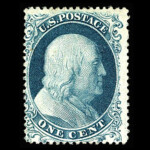
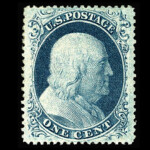
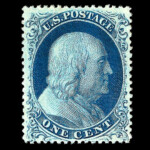
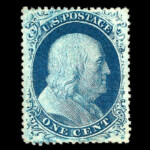
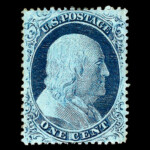
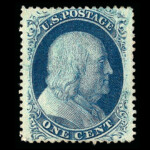
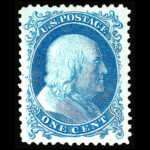
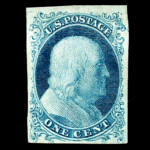
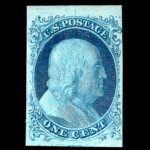
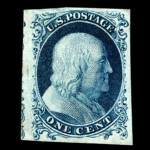
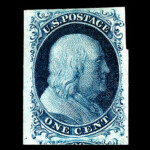
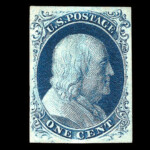
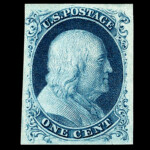
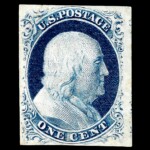
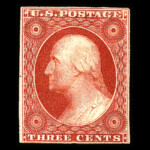
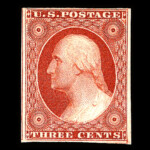
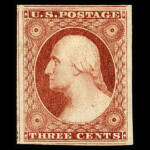
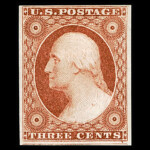

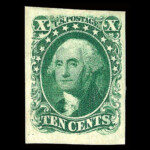
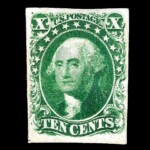
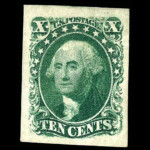
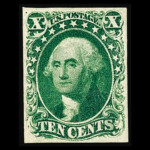
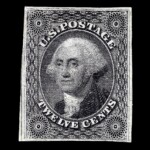








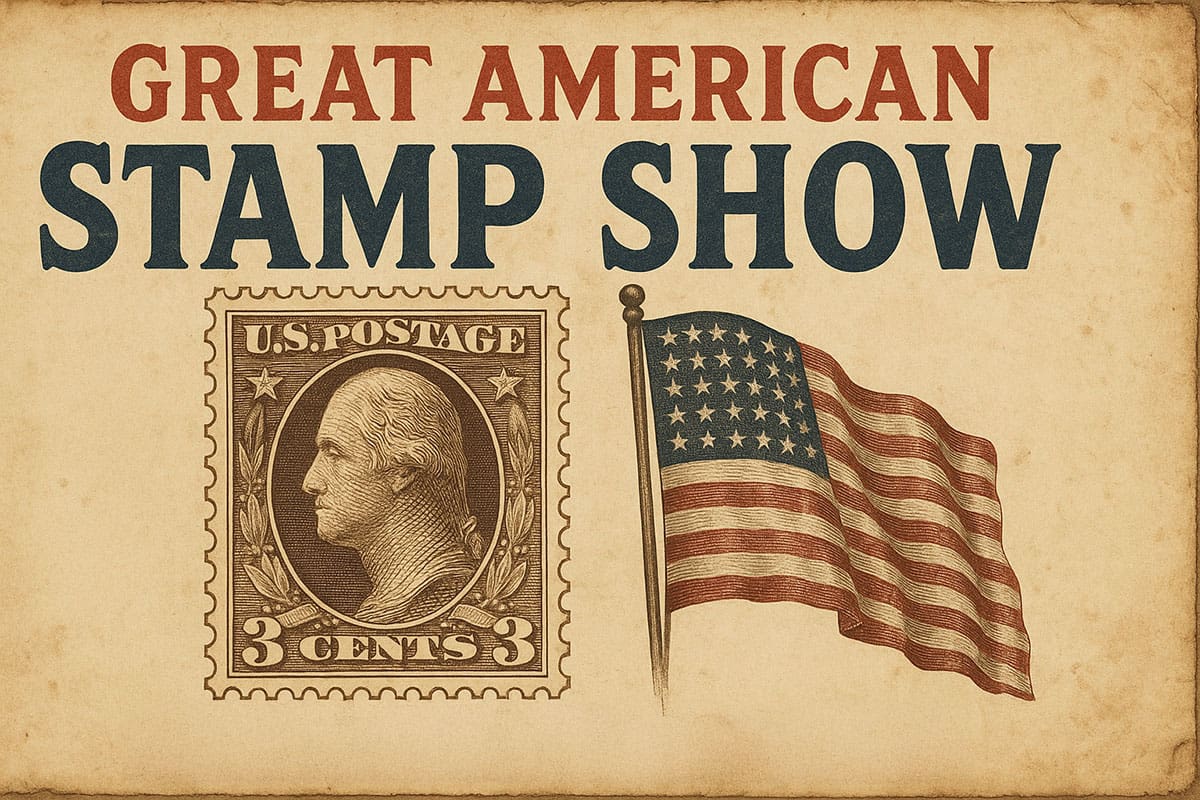



Ask A Question Or Leave A Comment